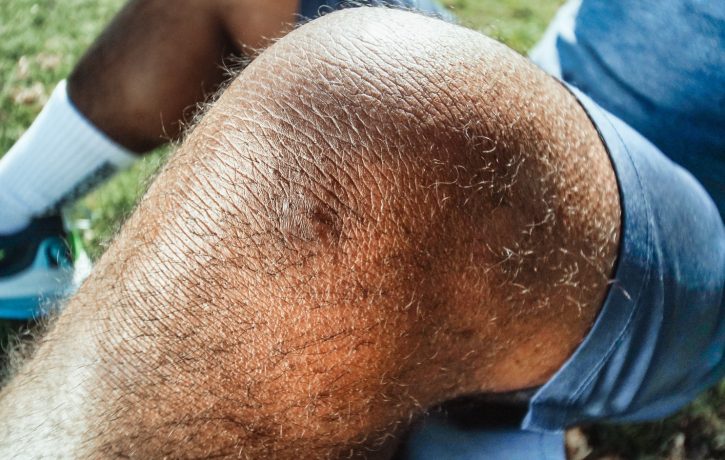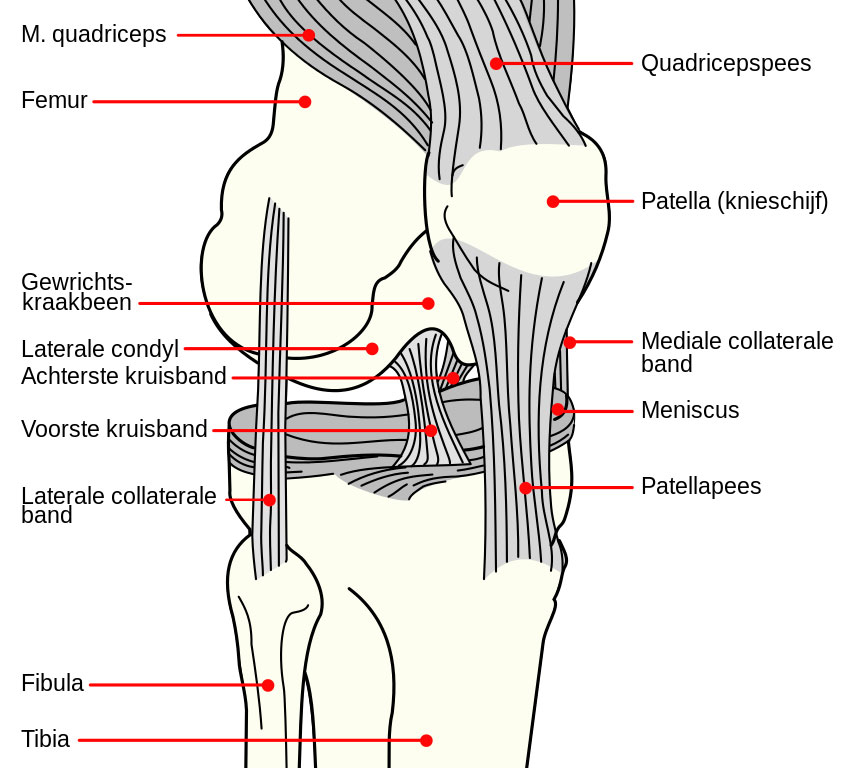Prevention and Treatment for Runners Knee

What is runners knee? And what does it mean?
Runners’ knee, also known as Patello-femoral pain syndrome (PFPS), is a broad term for basically any pain found around the kneecap when applying any weight on the affected leg and bending the knee i.e. running, walking, squatting. The reason for its name is that it’s known to be found more commonly in runners than any other exercise. It’s unlikely to be picked up due to impact or trauma to the knee, but that can be the cause in the long run if the initial injury isn’t treated and rehabilitated well enough. The scar tissue from that acute injury won’t heal effectively and can ultimately leave a weakness in that area, leading to further issues. Overuse is more commonly what spurs the problem, gradually building more and more inflammation in the knee until it becomes too painful to train in your activities.
As it’s such a broad term, it covers a lot of injuries under one umbrella; Patellar tendonitis, IT band syndrome, chondromalacia patellae, etc. To really know what the issue is, it’s always advisable to see a professional and have a detailed diagnosis. This will then lead to a correct treatment and rehab programme meaning the injury will heal faster and successfully.
How to avoid runners knee
Injury prevention is one of the most important factors in training to consider. Knowing your body and listening to it can save you from minor and irritating injuries that can eventually become worse if neglected. To avoid any type of PFPS it simply is to just follow protocol for any training programme:
· Stretch those quads before and after training. Foam rollers day-to-day are also a good tool to keep on top of them.
· Maintain a healthy weight. It’s no surprise that the more weight you carry, the more strain there will be through your knees.
· Progress your training. If as mentioned above you had an acute injury and still rebuilding, don’t start your training guns blazing. Slowly build your way up and allow your soft tissue to adapt and grow.
· Correct footwear. And when I say this I don’t mean high tech beautifully moulded trainers. All I advise is that they are comfortable for you. I should add minimalist trainers are good to avoid if you heel strike, this is a great way to ruin your knees! Forefoot striking only in those brands.
The moral of this story is to listen to your body, and treat it with respect! If there is a slight pain in your knee that seems to radiate the more you run, get it investigated and stopped before it gets worse. At this time of year, a lot of athletes will be training for a marathon. If you feel something abnormal then get it checked out. What seems like a small niggle now will feel excruciating in a 26-mile run.
For more information, or to book a sports injury consultation, please call The Body Matters on 01702 714 968.
Knee_diagram.svg: Mysidderivative work: .Koen, CC BY-SA 3.0, via Wikimedia Commons
- Rest and Realign: Coming Home to the Body - 27th October 2025
- Consult Your Body’s Inner Wisdom - 25th September 2025
- Unpacking Misconceptions About Deep Rest Meditation - 26th August 2025

